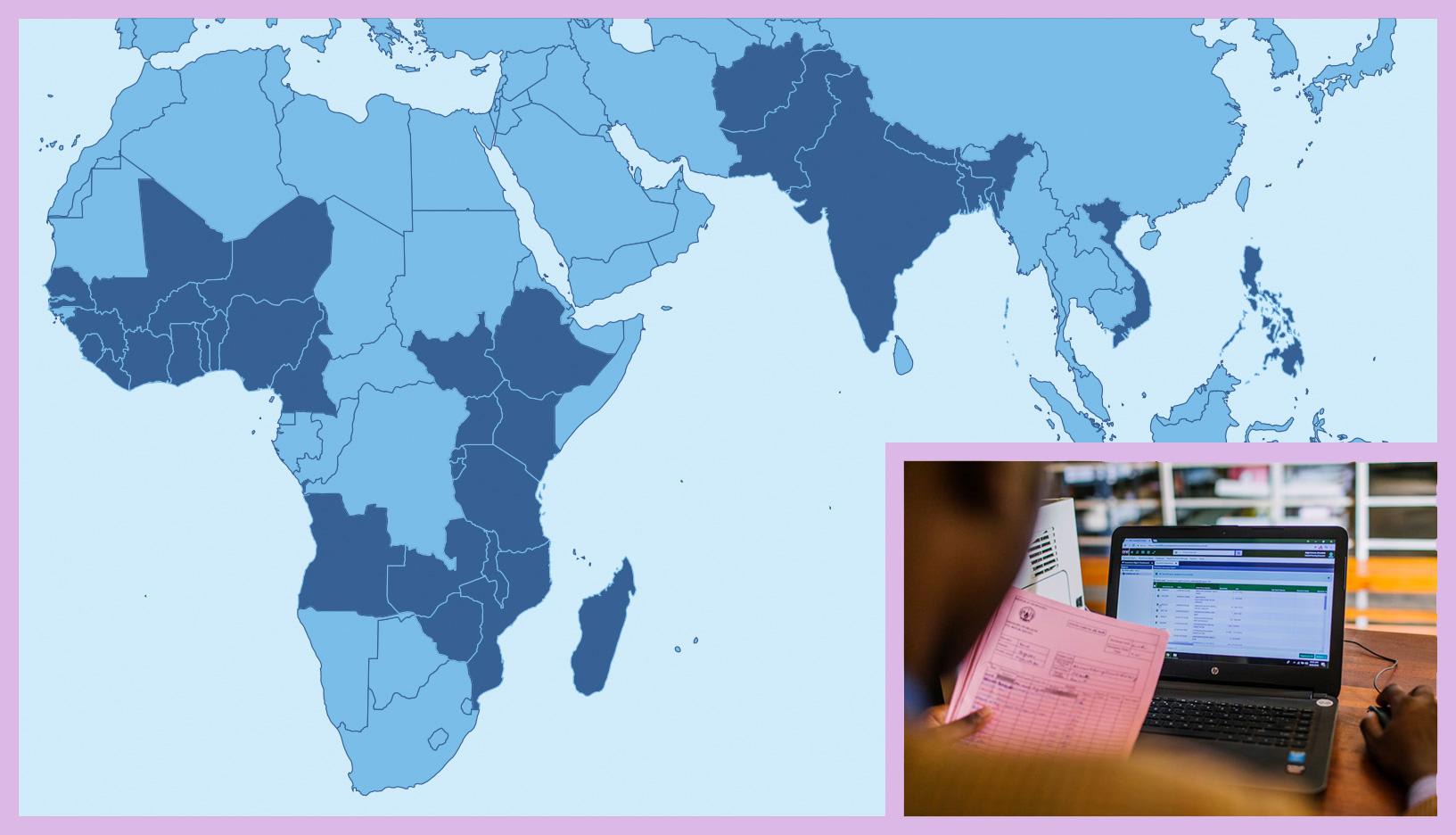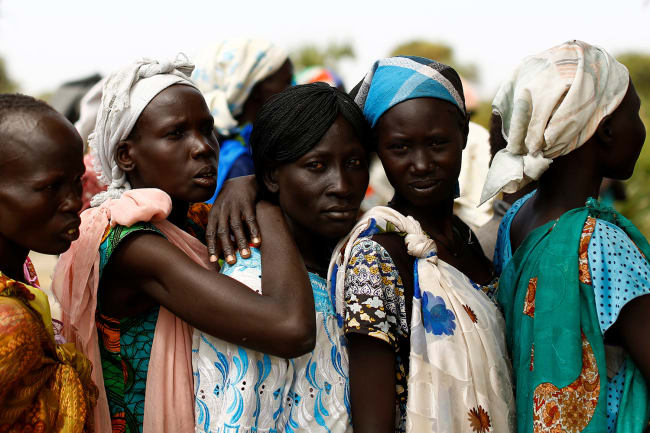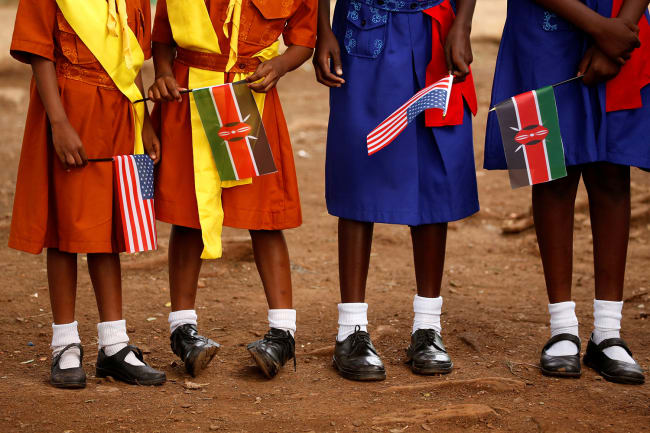Basic indicators are essential for assessing a country's development status, progressing toward development goals and improving socioeconomic conditions and people's lives—though often there is a perception that making data available is an end unto itself. However, for data to be beneficial it must be used. But decision-makers often lack the skillset to glean true insight into the data, which is a difficult, time-consuming exercise. Without these skills, it's almost like driving in the dark—you won't know if you've reached a milestone, when the next milestone might be coming, or if there is a sharp turn up ahead.
Helping to measure and track progress in improving access to contraceptives, particularly for areas requiring focused interventions
Using data to make sound programmatic and financial decisions is critical to achieving self-sustained development, and toward that end, the data must be timely and of good quality. That's why the launch of the Contraceptive Security Indicators Dashboard this week is so important. Developed by the U.S. Agency for International Development (USAID) and other partners involved in the Global Health Supply Chain Program-Procurement and Supply Management (GHSC-PSM) project, with which we are both affiliated, the dashboard follows the release of the Contraceptive Security Indicators Survey in July. The survey helps in-country and global aid program managers, advocates and decision-makers to measure and track progress in improving access to contraceptives, particularly for those areas requiring more focused interventions. Developed by USAID in 2009, this project took over data collection in 2017 and conducts the survey every two years to help measure and track access to contraceptives.
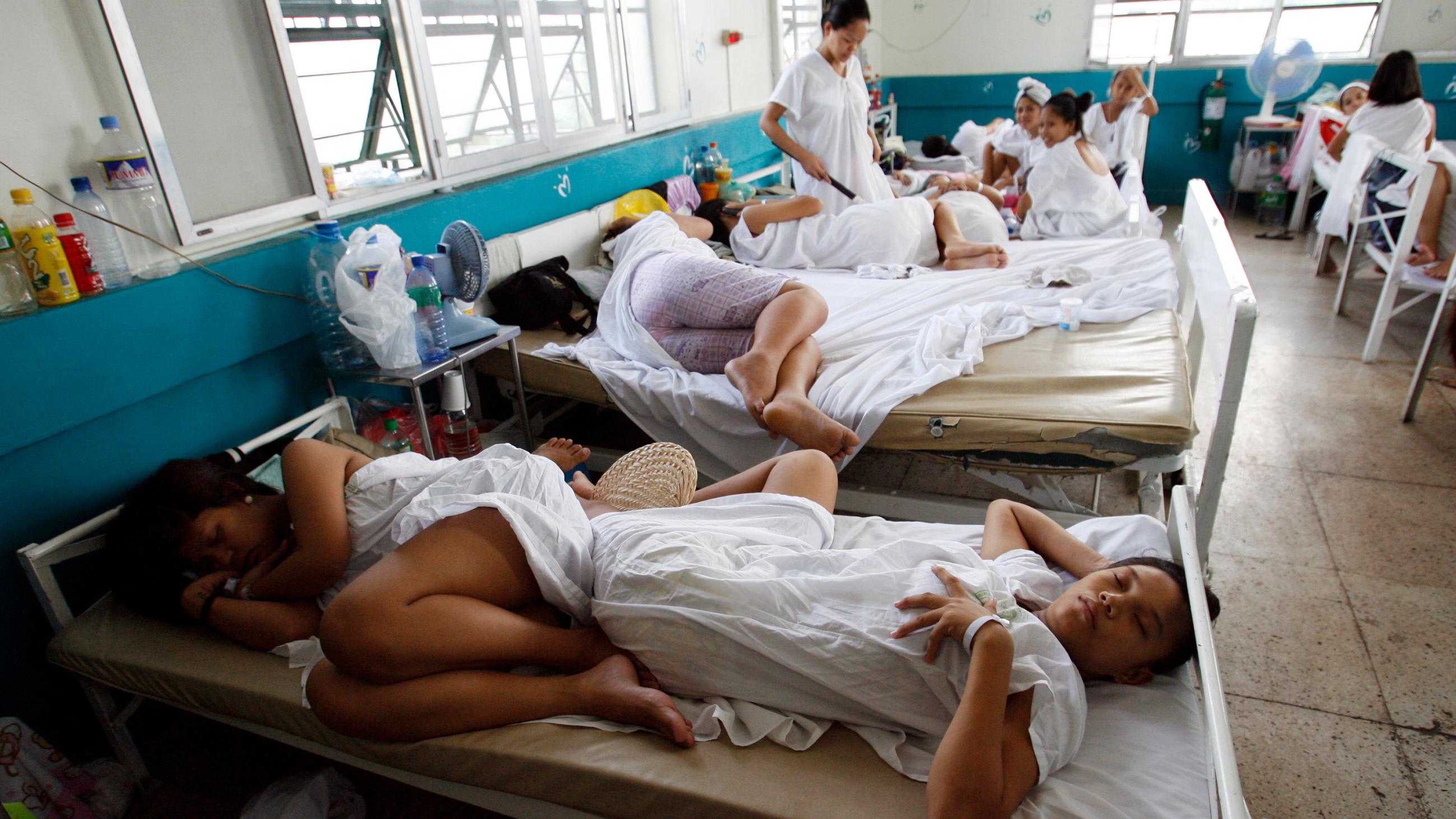
The new dashboard is an interactive visualization tool that explores data at the global and country levels, enabling users to view data from various cross-cutting areas, including leadership and coordination, finance and procurement, commodities, policy, supply chain, quality, and private sector contribution and collaboration. All of these factors contribute to the availability and accessibility of contraceptives within countries.
A Means to an End
Contraceptive security is a population's ability to choose, obtain, and use a wide range of high-quality and affordable contraceptive methods, when they need them, for family planning, reproductive health, and the prevention of sexually transmitted diseases. Higher contraceptive rates mean improved health for women and children, reduced maternal and child mortality, improved economic status for families and greater likelihood that children, particularly girls, will finish school, avoid early marriage and childbirth, and be able to earn incomes of their own.
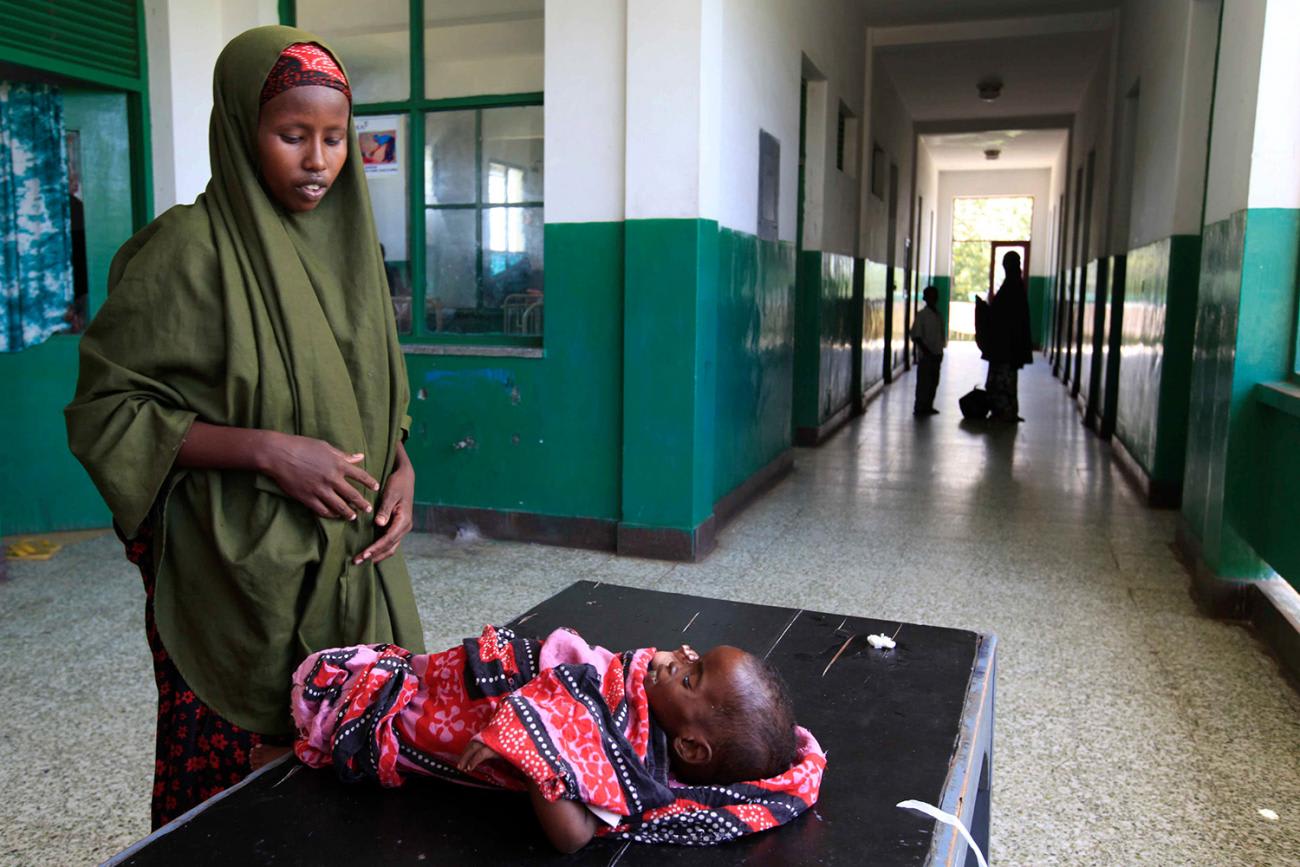
All of this helps to end the cycle of poverty and contributes to improved national development. The United Nations Population Fund refers to a "demographic dividend" whereby access to family planning commodities can indirectly lead to a boost in economic productivity. This happens when the share of the working-age population (fifteen to sixty-four) is larger than the non-working-age share of the population (fourteen and younger, and sixty-five and older).
Access to family planning commodities can indirectly lead to a boost in economic productivity
One way to encourage the use of the contraceptive security data is to foster ownership. The Global Health Supply Chain Program-Procurement and Supply Management project worked to do this by involving countries from the beginning to provide the data. Conducting the survey was a massive, year-long undertaking, involving forty-three countries and painstaking validation of data. This helped get buy-in from national governments and built trust that the data gathered was reliable. Going forward, through trainings and publications, the project will assist countries and stakeholders to use the contraceptive security indicators to better inform strategic planning and improve their supply chains. Ideally, countries should be saying, this is what we're doing with the data you provided. That is project's biggest goal over the next few years—to see that countries are owning the data and using it for decision-making.

For example, national governments will be able to see where other countries might have focused their resources and policies to achieve specific goals, what steps they took over a number of years to secure funding for family planning and reproductive health, and how they may develop targeted interventions based on this information to strengthen national contraceptive security.
Developing Partnerships and Leveraging Data
In addition, by taking advantage of the data available through the survey and dashboard, countries can better navigate how to engage with the private sector, which is increasingly recognized as a vital partner in global efforts to provide family planning and reproductive health services and commodities. In many countries, the private sector makes up 50 percent or more of health care providers. It's important to leverage that fact in efforts to make family planning and reproductive health available for whole populations.
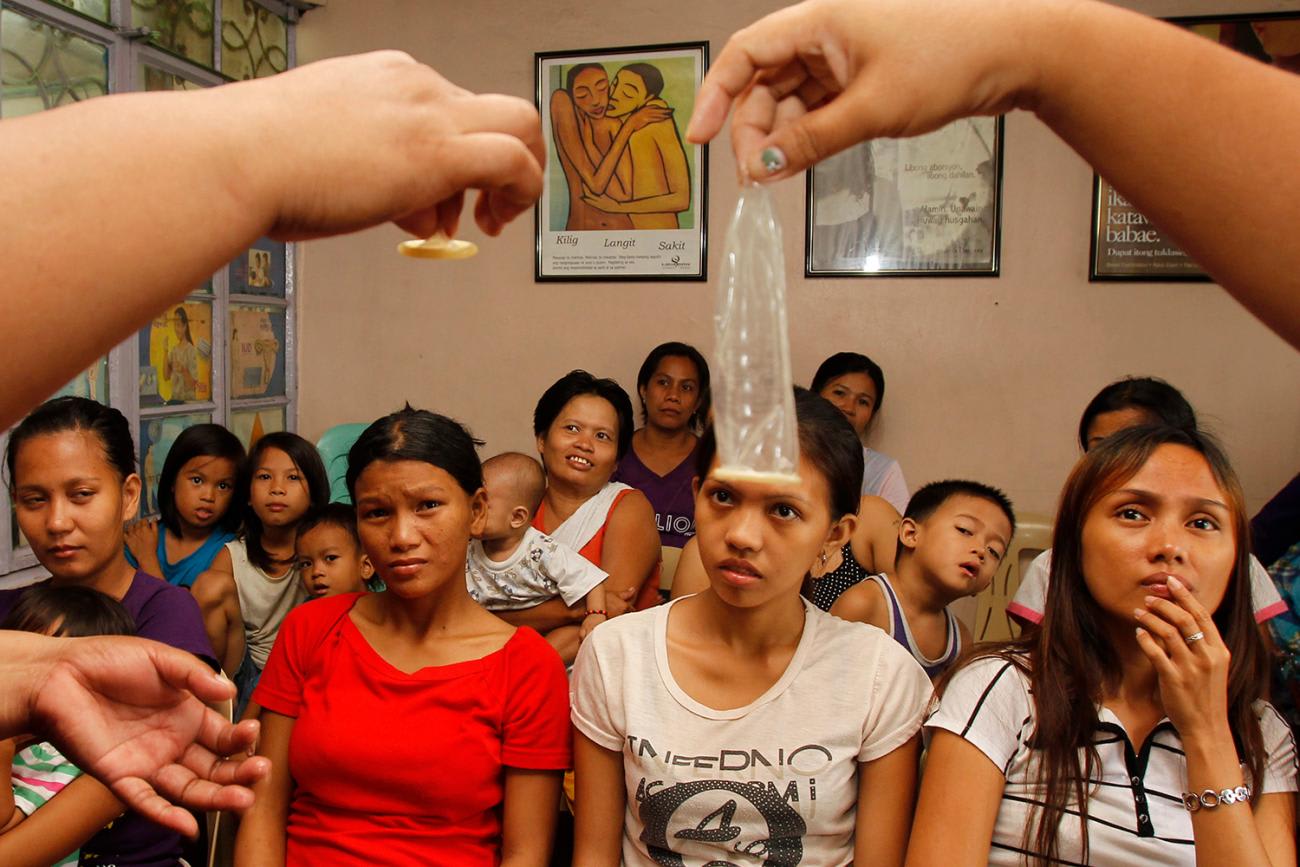
The dashboard indicators explore the involvement of for-profit enterprises, nonprofit organizations, community groups, and other private providers in providing access to contraception. The data helps to better coordinate activities across sectors, target government resources where needed, and get a sense of the size of the commercial market for contraceptives.
That's really only one element of what can be accomplished by having timely and accurate data owned by nations that put it to use.
